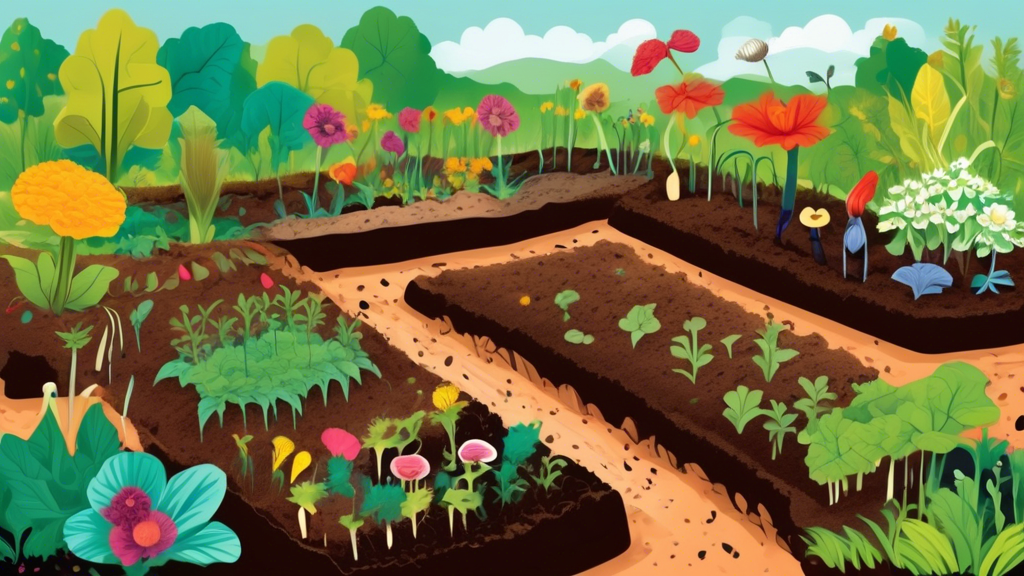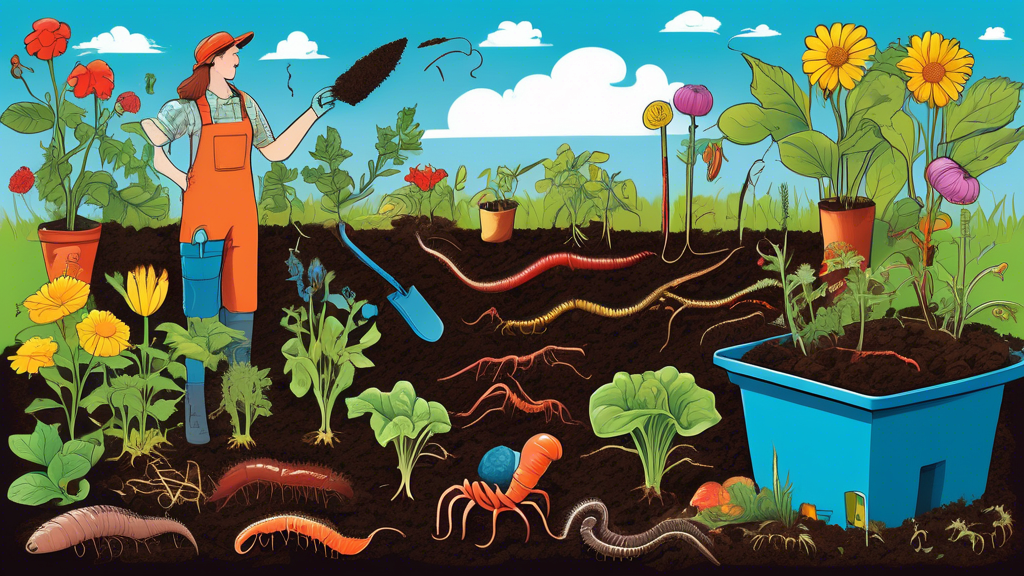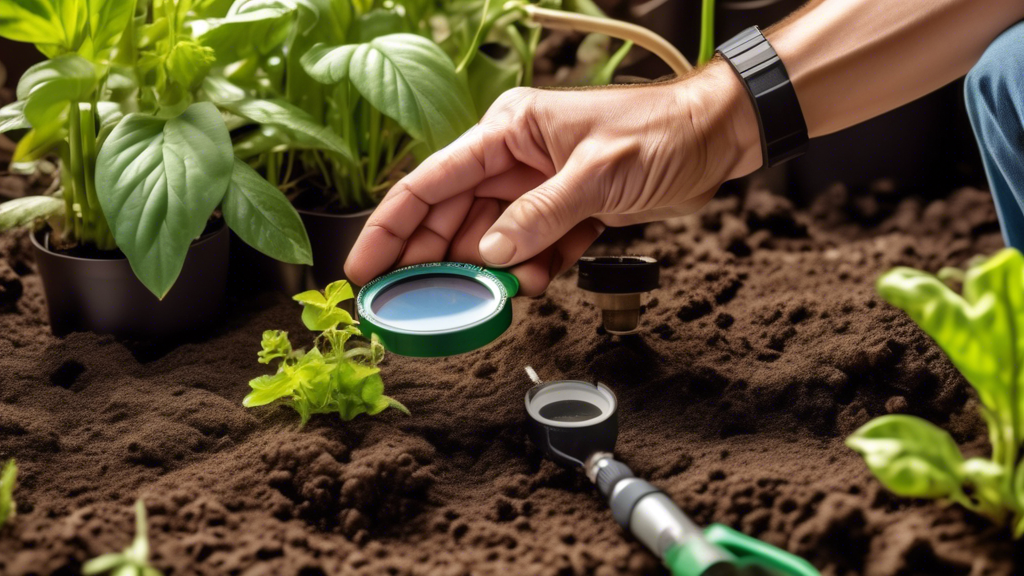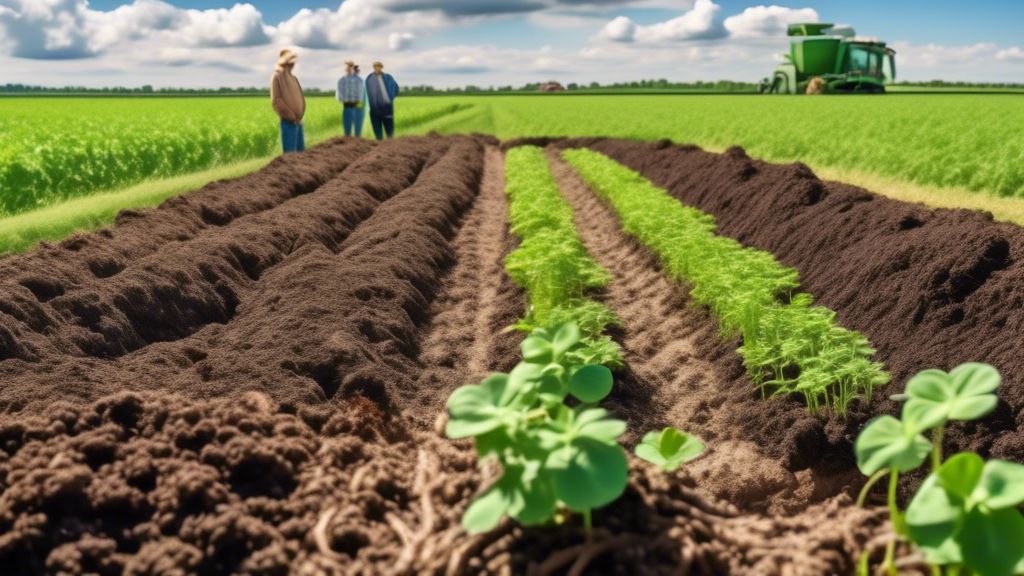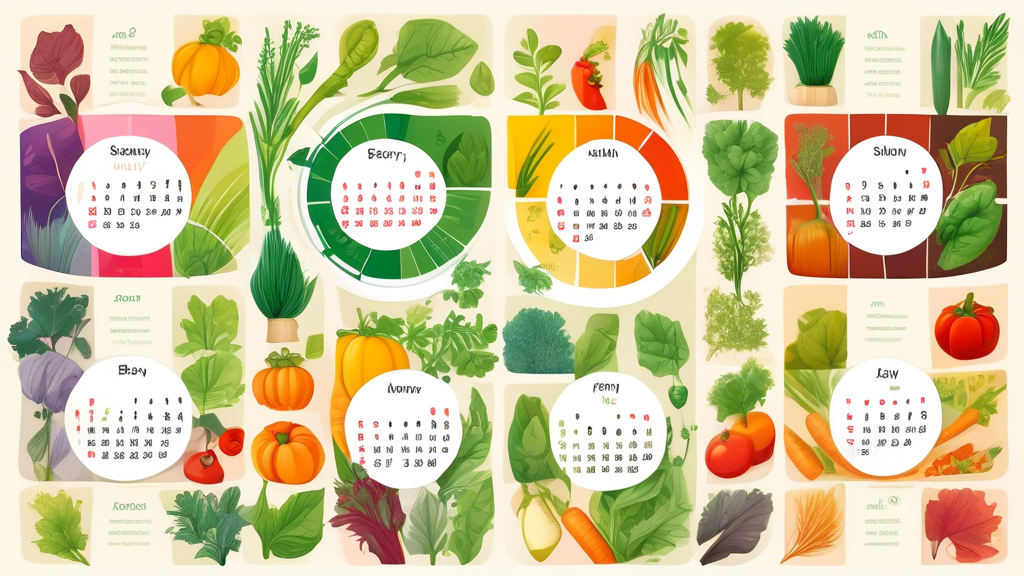
Why a Seasonal Approach is the Heart of Organic Gardening
The Hidden Costs of an Unplanned Garden
Many gardeners jump in without a schedule, leading to common frustrations. You might invest in seeds that fail to sprout because the ground is too cold or too hot. Young plants can become stunted or “bolt”—flowering and going to seed prematurely—when exposed to temperature stress they can’t handle. This weakness makes them a target for pests, creating an endless cycle of defense. Furthermore, planting the same things in the same spots season after season drains the soil of specific nutrients, leaving it exhausted and less productive.
The Rewards of Syncing with Nature’s Clock
When you align your gardening with the seasons, everything becomes easier. Plants sown in their ideal conditions grow stronger and develop a natural resilience to pests and diseases. Your harvests are more abundant because each plant can fully mature in its preferred environment. This approach also nurtures the soil, allowing it to recover and rebuild through natural cycles, ultimately reducing your need for extra water and amendments.
The Secret Gauge: It’s Not Just the Date on the Calendar
While the last frost date is a critical marker, the most accurate signal for planting lies just beneath the surface: soil temperature. Different seeds have specific soil temperature ranges for optimal germination. An inexpensive soil thermometer is a more reliable tool than the calendar alone. You can also practice “phenology,” the art of using nature’s cues. For example, a traditional guideline is to plant your peas when the forsythia bushes in your area burst into their brilliant yellow bloom.
Your Spring Planting Guide: Awakening the Garden
Early Spring (As Soon as Soil is Workable)
This period is for the tough, cold-hardy crops that can handle a chill.
| Vegetables to Plant | Organic Gardening Tip |
|---|---|
| Peas, Spinach, Kale, Lettuce, Radishes, Carrots, Potatoes | Gently work a layer of finished compost into the top few inches of your soil to provide a nutrient boost for these early starters. |
Mid-to-Late Spring (After the Last Frost Date)
The danger of frost has passed, and the soil is warming up for more tender plants.
| Vegetables to Plant | Organic Gardening Tip |
|---|---|
| Direct-sow beans, corn, cucumbers. Transplant tomatoes, peppers, basil, eggplant. | Keep cloches (like cut-off plastic bottles) or floating row covers handy to protect tender transplants if an unexpected late cold snap is forecast. |
Your Summer Planting Guide: Growth and Maintenance
Early Summer (The Power of Succession Planting)
As you harvest early crops like radishes and spinach, don’t leave the space empty.
| Vegetables to Plant | Organic Gardening Tip |
|---|---|
| A second round of beans, carrots, beets, and summer squash. | Succession planting is the key to a continuous harvest. As soon as one crop is finished, plant another in its place to maximize your garden’s yield all season long. |
Mid-Summer (Planning for Your Fall Harvest)
This is a critical but often missed window for ensuring a productive autumn garden.
| Vegetables to Plant | Organic Gardening Tip |
|---|---|
| Start seeds indoors for fall brassicas like broccoli, cauliflower, and cabbage. | Protect these young seedlings from intense summer heat by using a 30-50% shade cloth until they are strong enough to be transplanted into the garden in late summer. |
Your Fall & Winter Planting Guide: Extending the Harvest
Late Summer / Early Fall
As the heat breaks, it’s time to plant crops that thrive in cooler weather.
| Vegetables to Plant | Organic Gardening Tip |
|---|---|
| Direct-sow greens (spinach, Swiss chard), radishes, turnips, and garlic for next summer. | In any empty garden beds, sow a cover crop like winter rye or clover. This “green manure” will protect the soil from erosion over winter and can be turned in spring to add valuable organic matter. |
Overwintering for an Early Spring Bonus
With a little protection, you can harvest fresh greens even in the colder months.
| Vegetables to Plant | Unique Insight |
|---|---|
| Some varieties of onions and garlic can be planted in late fall. | Utilize a simple cold frame or a low tunnel (hoop house) to create a microclimate. This allows you to grow incredibly cold-hardy crops like mâche (corn salad) and claytonia (miner’s lettuce) right through the winter, providing fresh salads when most gardens are dormant. |
Cool-Season vs. Warm-Season Crops: A Quick Comparison
Cool-Season Crops (Thrive in Spring & Fall)
| Examples | Characteristics |
|---|---|
| Lettuce, Broccoli, Peas, Carrots, Spinach | Can tolerate, and often prefer, light frosts. They tend to bolt (go to seed) and become bitter in the intense heat of summer. |
Warm-Season Crops (Thrive in Summer)
| Examples | Characteristics |
|---|---|
| Tomatoes, Peppers, Cucumbers, Squash, Beans | Require warm soil and air to grow; they will not survive a frost and should only be planted after all danger of frost has passed. |
Adapting This Guide for Your Region
Understanding Your USDA Plant Hardiness Zone
Your zone is the first piece of the puzzle, giving you a baseline for the average minimum winter temperature in your area, which dictates what perennial plants can survive.
The Importance of Your Local First and Last Frost Dates
These are the most critical dates for an annual vegetable gardener. Your local agricultural extension service is the best resource for finding the average dates for your specific town.
How to Adjust for Microclimates
Your own yard has its own mini-climates. A south-facing wall creates a “heat island” perfect for warmer crops, while a shady, low-lying area might stay cooler and be better for leafy greens. Observe these spots to refine your planting schedule.
Frequently Asked Questions
What is the single most important tool for timing my planting?
While a calendar with your local frost dates is essential, a soil thermometer is the unsung hero. It takes the guesswork out of planting by telling you precisely when the soil has reached the ideal temperature for your seeds to germinate.
Can I start seeds indoors if I’m getting a late start?
Absolutely! Starting seeds indoors is an excellent way to catch up. It gives plants a head start in a controlled environment, which is especially useful for crops with long growing seasons like tomatoes and peppers, even if you’re planting later than ideal.
How do I protect my early spring or late fall plantings from a surprise frost?
Always be prepared with season-extending tools. Old blankets, burlap sacks, or specialized frost cloths (row covers) can be draped over plants on cold nights. Just remember to remove them in the morning once the sun has warmed the air.
What should I do if my plants are struggling, even though I planted them in the right season?
When timing is correct, the issue almost always points to soil health or watering practices. We recommend conducting a simple soil test to check nutrient and pH levels. Focus on building long-term soil fertility by adding plenty of organic matter like compost. Also, ensure you’re watering deeply and less frequently to encourage strong root growth, rather than frequent, shallow sprinklings.


